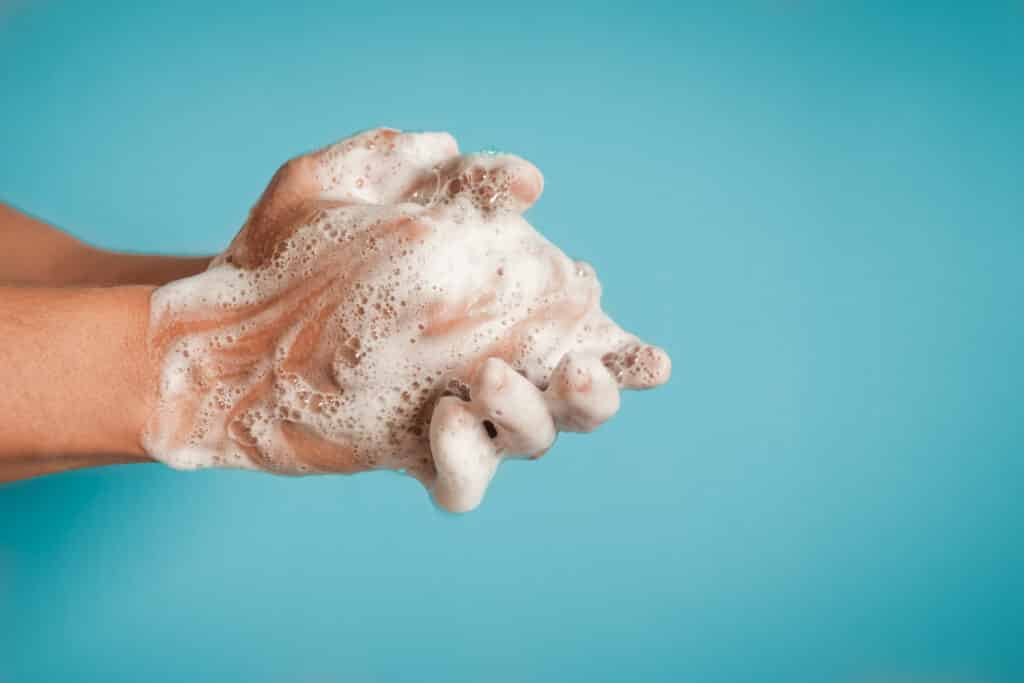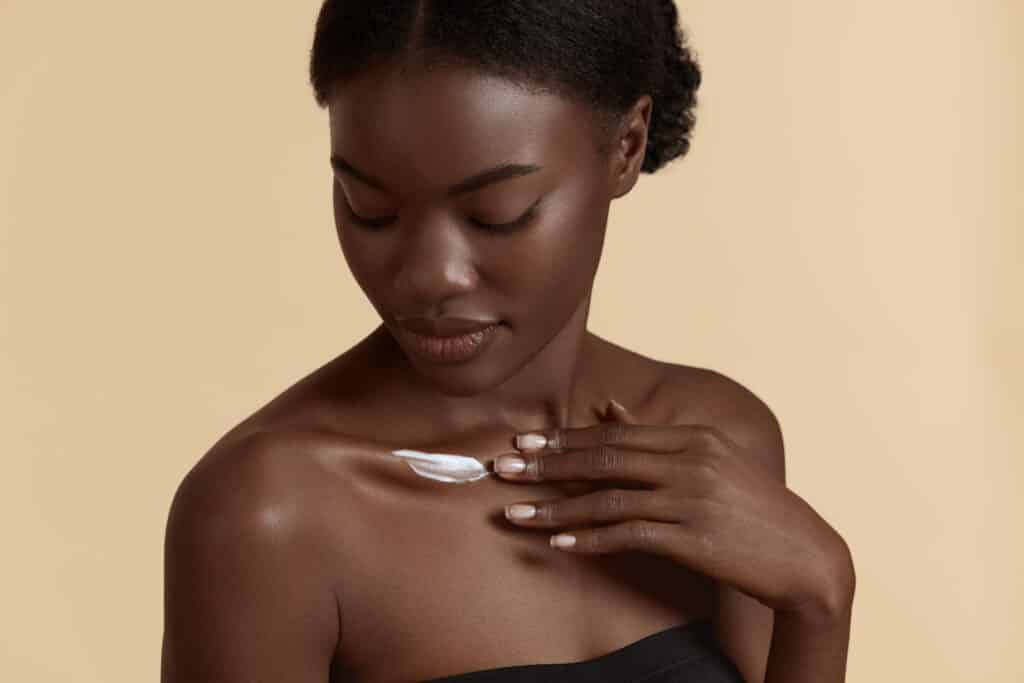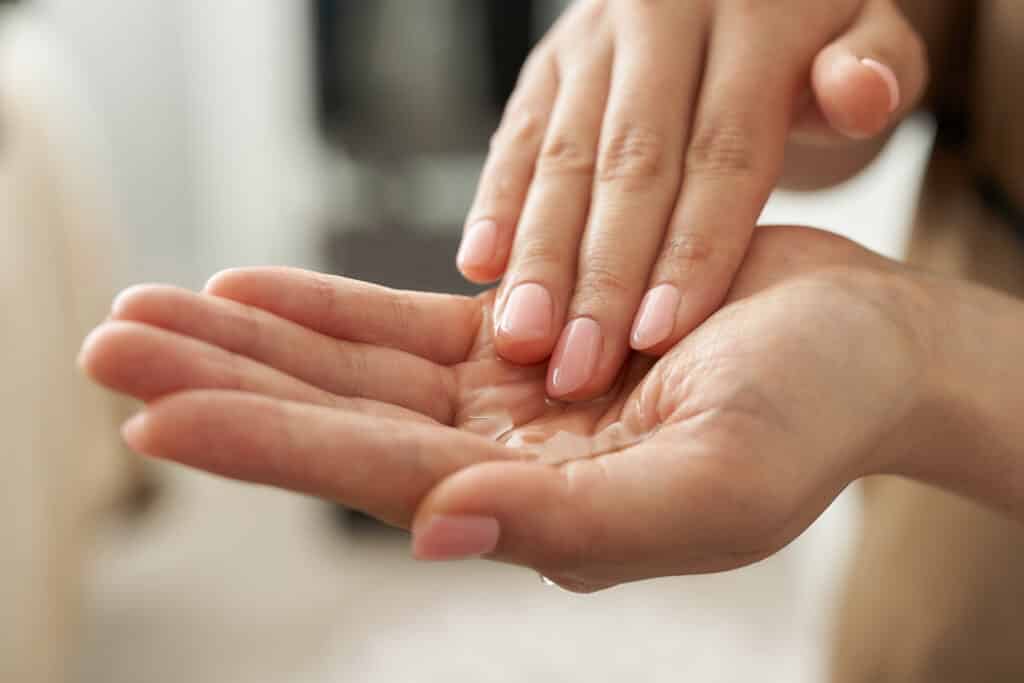
5 Ways to Minimize Your Surgery Scar
If you’re looking for ways to reduce the appearance of your surgery scar, this post is for you! Check out these 5 tips to help minimize the look of your scar.

If you’ve recently had surgery, you may wonder how to care for your scar. Scarring is part of the body’s natural healing process, but it can be difficult to deal with, both emotionally and physically. With appropriate care, your surgery scar can heal properly and fade significantly over time. We have put together five tips to help you treat your scar after surgery.

1. Follow Your Doctor’s Instructions for Wound & Scar Care
As always, it is important to follow your doctor’s instructions. Keep in mind that you have unique needs, so ask your doctor any questions about caring for your wound and scar after surgery.
Proper wound and scar care is a necessary part of your healing process. Remember to be patient; it may take time for you to see improvement. The following tips outlined in this post can help your surgery scar heal properly and fade as quickly as possible, however they should not replace or override what your surgeon has recommended.

2. Keep the Wound Area Dry & Clean
In the early stages of wound healing, especially the first 24 hours, you should keep the area dry, because moisture will slow down the healing process. Once you can get your wound wet, make sure to clean it often. Wash your hands with soap and water before touching your wound. Then, gently clean the wound with mild soap and cool water. Be sure to rinse all the soap off the wound. Pat the wound dry with a clean towel. Your doctor may recommend an antibiotic ointment to apply to the wound to help prevent bacterial infections.

3. Apply Scar Cream
Scar creams can help make your scar look less prominent. These types of creams are also beneficial for old scars that are no longer healing. You should ask your doctor for their recommendation on which cream fits your specific needs.

4. Avoid Sun Exposure
Scar tissue is more sensitive than the rest of your skin. Sun exposure can lead to further discoloration of your scar. It could even blister and raise the scar tissue. As a result, this will not only make the scar less likely to match your normal skin tone, but also make it more difficult for your scar to heal. You can keep your scar out of the sun by either covering it with clothing or bandages, or continuously reapplying sunscreen.

5. Gently Massage the Area
Massaging your scar can improve blood circulation and help it heal more quickly. It can also help reduce excess scar tissue formation and discomfort. You should not engage in scar massaging unless your doctor advises it. It is necessary to wait until your sutures have been removed and any scabbing has fallen off by itself. Once your scar is at an appropriate stage, massaging it regularly will help you soften the tissue, reduce scarring, and improve flexibility. Gently massage the scar in circular, vertical, and horizontal motions, using firm but gentle pressure from the tips of your fingers. Repeat this process two to three times each day. Stop massaging your scar and contact your doctor if you notice any of the following symptoms: redness, bleeding, more pain than usual, or increased warmth concentrating specifically on the scar.
Healthcare Disclaimer
We encourage you to speak with your doctor if you have any other questions or concerns regarding your symptoms and treatment. While this information provides a helpful guide, it does not replace consultation with your healthcare provider.
















